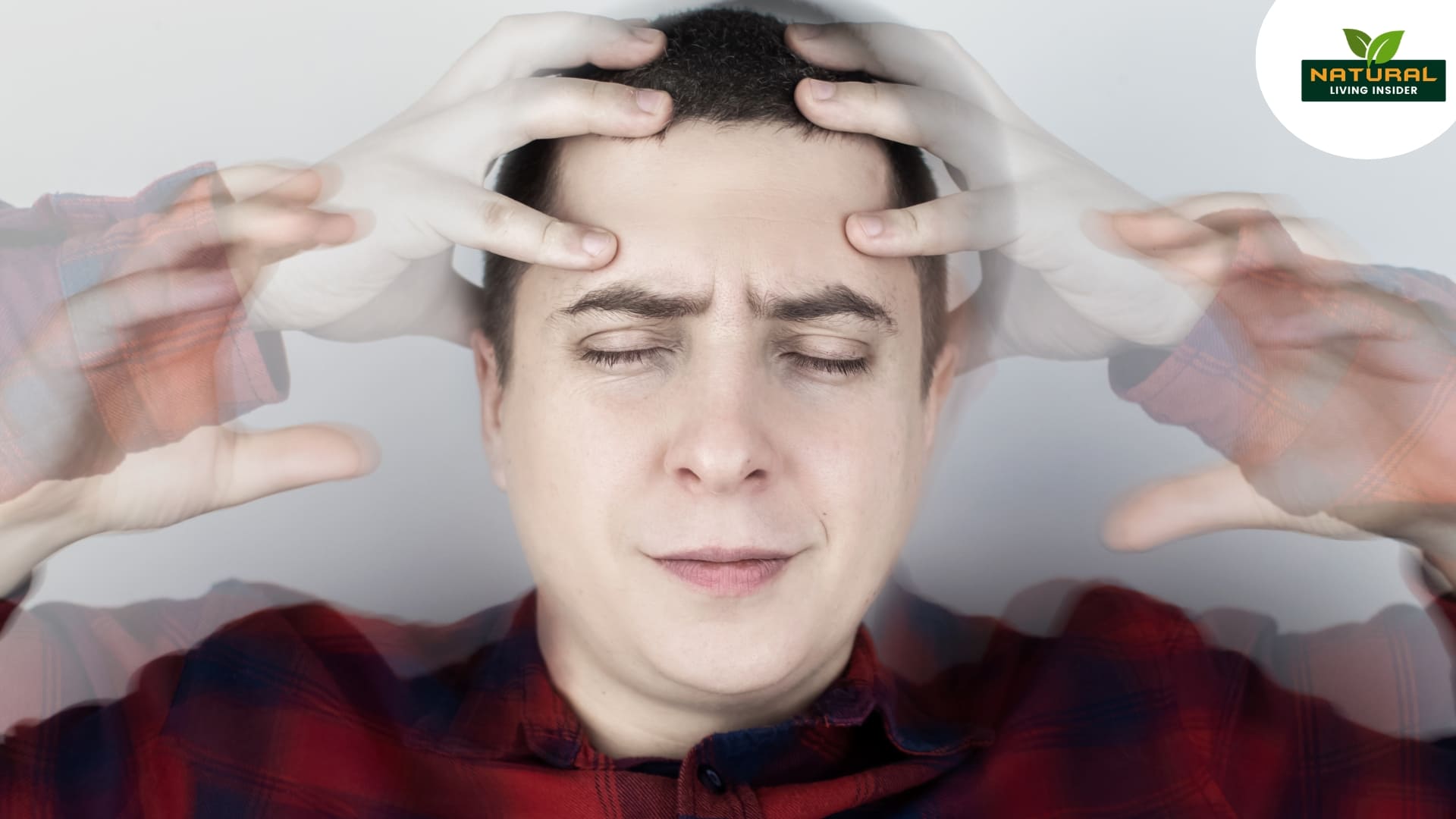
Learn how to recognize the early signs of a stroke using the F.A.S.T. method. Discover natural ways to reduce stroke risk and why acting quickly can save a life. Perfect for natural living and wellness-focused readers. In natural living, we focus on prevention, balance, and listening to our bodies. By embracing healthy lifestyle habits—such as nourishing foods, regular movement, and stress reduction—we strengthen our overall well-being. However, some emergencies strike without warning—and strokes are among the most urgent. While a healthy lifestyle can lower your risk of stroke, knowing how to spot the signs of a stroke quickly can mean the difference between full recovery and lifelong disability.
Table of Contents
What Is a Stroke?
To put it simply, a stroke happens when blood flow to a part of the brain gets blocked (ischemic stroke) or when a blood vessel in the brain bursts (hemorrhagic stroke). In both cases, brain cells start dying within minutes. Every second counts. Therefore, acting quickly helps protect brain function, mobility, and speech—and it can save a life.
Why Quick Recognition Matters
Natural living encourages us to stay in tune with our bodies. However, stroke symptoms can feel subtle at first. In fact, many people mistake them for stress or fatigue. That’s why learning how to recognize these signs in yourself or others can truly be life-saving.
The faster someone receives medical treatment, the better their outcome. For example, doctors can only use some clot-busting medications within 3 to 4.5 hours after symptoms begin.
Recognize a Stroke: Use the F.A.S.T. Method
To make it easier, you can remember the most common stroke symptoms using the F.A.S.T. acronym:
-
F – Face Drooping: Ask the person to smile. Does one side of the face droop?
-
A – Arm Weakness: Ask them to raise both arms. Does one arm drift downward?
-
S – Speech Difficulty: Is their speech slurred or hard to understand?
-
T – Time to Call Emergency Services: If you notice any of these signs, call for emergency help immediately.
Clearly, recognizing these signs and responding without delay is crucial.
Additional Stroke Symptoms You Shouldn't Ignore
Besides the F.A.S.T. symptoms, it's also important to look out for these other sudden changes:
-
Confusion or trouble understanding speech
-
Numbness or weakness in a leg, especially on one side
-
Trouble seeing in one or both eyes
-
Severe headache with no known cause
-
Dizziness or loss of balance and coordination
Even if symptoms disappear quickly, they could signal a transient ischemic attack (TIA)—a mini-stroke and a serious warning. In any case, seek medical help immediately.
How Natural Living Helps Prevent Strokes
Fortunately, living naturally offers many tools for supporting your body. While these habits can’t replace emergency care during a stroke, they play a powerful role in prevention.
Ways to Naturally Reduce Stroke Risk:
-
Eat More Plants
First and foremost, focus on nutrition. Fill your meals with leafy greens, berries, whole grains, nuts, and omega-3-rich seeds like flax and chia. These foods protect your heart and brain by lowering blood pressure and cholesterol. -
Stay Physically Active
In addition, daily movement—like yoga, nature walks, or light exercise—keeps your blood vessels strong and flexible. -
Lower Stress Naturally
Moreover, chronic stress increases your stroke risk. Calm your nervous system with meditation, breathwork, journaling, or herbal teas like chamomile and passionflower. -
Support Circulation with Herbs
You can also support healthy circulation with natural remedies. Herbs such as gingko biloba, garlic, and turmeric help improve blood flow and reduce inflammation. -
Avoid Smoking and Limit Alcohol
Finally, avoiding smoking and excessive alcohol is one of the most impactful changes you can make. A clean lifestyle supports not only your lungs and liver—but also your entire vascular system, including your brain.
Listen to Your Body—and Take Action When Needed
On the one hand, natural living teaches us to listen to the body’s early signals. On the other hand, when a stroke strikes, those signals can get loud—fast. That’s exactly why awareness and quick action are essential.
So don’t hesitate. Don’t ignore the signs. Don’t delay getting help.
Whether you're enjoying herbal tea or spending time in nature, knowing how to respond to stroke symptoms could save your own life or someone else’s.
Final Thoughts
Strokes can strike without warning, but with awareness, quick action, and a commitment to a natural living lifestyle, you can greatly lower your risk of stroke and protect your well-being. By learning the early signs of a stroke—especially using the F.A.S.T. stroke method—you empower yourself to respond quickly to a stroke and potentially save a life from stroke.
While natural remedies for stroke prevention and other healthy lifestyle habits support long-term brain health, they work best when combined with the wisdom to act fast in a stroke emergency. Stay informed, stay grounded, and keep listening to your body’s signals—it may just be the voice that helps you or someone you love recognize stroke symptoms quickly and survive and thrive.



